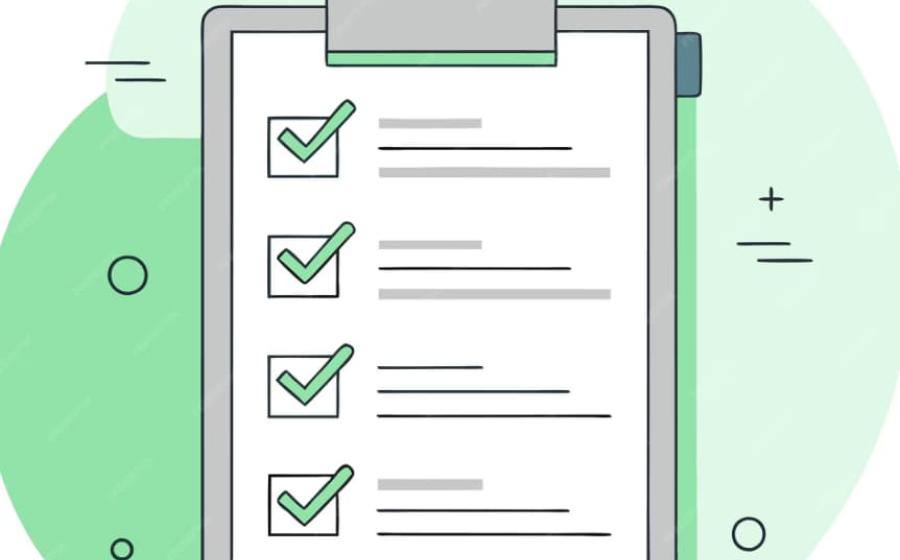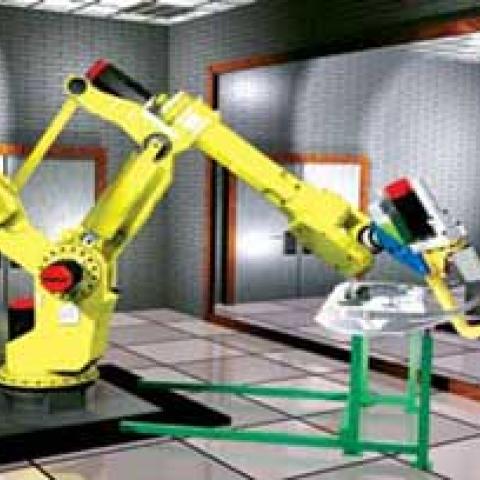
In current time, the sustainability conversation around packaging reached a pivotal moment. Global leaders such as PepsiCo, Coca-Cola, Unilever, and Mars publicly acknowledged that some of their packaging sustainability targets would not be met as originally planned.
Rather than signaling failure, this transparency reflects a more mature phase of sustainability—one where ambition is balanced with operational reality. Supply-chain disruptions, limited recycling infrastructure, regulatory uncertainty, and material constraints have shown that bold goals alone are not enough. What matters now is how companies adapt.
For packaging leaders, the challenge is clear: set sustainability goals that are measurable, credible, and flexible enough to evolve—without losing stakeholder trust. The brands that succeed will be those that treat sustainability not as a static pledge, but as a living strategy.
What Makes a Sustainability Goal Actually Work?
Use SMART as Your Framework
Effective sustainability goals push progress while remaining grounded in reality. Like the most successful long-term business strategies—or even New Year’s resolutions—they are clear, trackable, and resilient when tested by real-world conditions.
The SMART framework—Specific, Measurable, Achievable, Relevant, and Time-bound—offers a practical structure for turning sustainability ambition into business impact.
1. Specific: Define What Success Truly Means
Strong sustainability goals begin with clarity. Vague commitments create confusion internally and skepticism externally.
High-performing companies:
- Define terms precisely
What does “recyclable” mean—technically recyclable, certified by third parties (such as BPI or How2Recycle), or recyclable in real-world curbside systems? - Set clear boundaries
For net-zero targets, specify which emission scopes (1, 2, or 3) are included, whether carbon credits are allowed, and to what extent. - Link goals to business value
Connect each goal to brand trust, customer expectations, regulatory readiness, or cost efficiency to maintain long-term buy-in.
2. Measurable: Anchor Goals in Data and Baselines
Without measurement, progress is impossible to prove—or defend.
Best practices include:
- Defined targets with baselines
For example: “Reduce virgin plastic use by 30% by 2040, using 2022 as a baseline.” - Transparent tracking plans
Outline how data will be collected, reviewed, and reported from the start. - Balanced metrics
Use both absolute metrics (total tons reduced) and intensity metrics (emissions per unit or revenue) to reflect true progress as businesses grow.
3. Achievable: Stretch, But Stay Grounded
Ambitious goals lose credibility if they ignore operational realities.
Successful targets:
- Align with core business models
- Account for material availability, cost pressures, and infrastructure gaps
- Recognize where systems—such as reuse or refill—may not yet be viable at scale
Achievability doesn’t mean playing it safe. It means building ambition on a foundation that can actually support it.
4. Relevant: Align with Stakeholders and Standards
Goals gain strength when they connect to broader frameworks and expectations.
Leading organizations:
- Leverage recognized standards such as the UN Sustainable Development Goals, Ellen MacArthur Foundation, and Science Based Targets initiative (SBTi)
- Benchmark against competitors and industry peers
- Proactively prepare for regulations like Extended Producer Responsibility (EPR), turning compliance into strategic advantage
5. Time-Bound: Create Urgency, Allow Adaptation
Deadlines drive action—but rigidity can undermine success.
Effective timelines:
- Set clear target dates to maintain accountability
- Include checkpoints to reassess assumptions, technology readiness, and regulatory changes
- Allow goals to evolve without eroding trust
Sustainability Isn’t Just Good for the Planet—It’s Good for Business
Companies that approach sustainability strategically are seeing measurable returns:
- Innovation & efficiency through right-sizing, downgauging, and material optimization
- Brand loyalty, with 43% of consumers citing environmental impact as a key purchase driver
- Stronger financial performance, as ESG leaders consistently outperform laggards
- Operational savings, including reduced waste, lower energy costs, and streamlined logistics
Sustainability done right delivers value across the entire organization.






